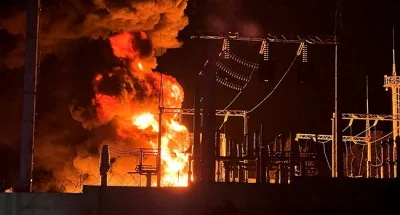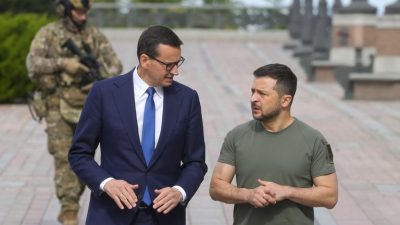The authorities must ensure that only the very best make it to the apex of the profession
A recent directive by the Nigerian Defence Headquarters that military officers who are senior to the newly appointed service chiefs should proceed on retirement effective July 3rd has continued to generate considerable interests. It is unhealthy for the military if, with every new administration, we retire an average of 100 senior officers prematurely because their juniors have become service chiefs. But what that reveals are fundamental structural problems. For instance, part of the challenges created by the long stay of service chiefs under President Muhammadu Buhari was career stagnation in the armed services. Even at that, mass retirement of senior military officers has not always been as bad as this. What we are witnessing is a result of arbitrary mass promotion to senior ranks without recourse to global norms and practices.
In most countries, promotion in the military is highly competitive, essentially to ensure that only the best advances to the apex of the pyramid. Documents from the Congressional Research Service of the United States, for instance, reveal that as of 2017, General and Flag Officers (Brigadier-General equivalent and above) make up just about 0.4 per cent of the officers corps and a ratio of one duty General/Flag Officer to 1,400 troops. As of 2022, the figure stood at a ratio of 1:1650 with a projection to keep this at same level up till 2024. Also, in 2017, the British Army, following outcry of the military being top heavy, was able to achieve a proportion of Generals (Brigadier General and above) to troops of about 1: 2,400. In Nigeria, details as of 2021 indicate a ratio of about 1:250 for Brigadier Generals to number of troops in the army while the ratio is worse in the other services. With reports that about 300 senior officers may be retired in the current exercise, Nigerians have continued to question the rationale for such a colossal waste of human resources at a period
the country is grappling with serious security challenges. The concern is genuine considering the huge investment expended on these officers. More worrisome is the revelation that many of them have barely spent 32 years from when they were commissioned and are mostly in their early fifties. This is far short of the mandatory retirement age of 60 years as provided in the Armed Forces Harmonised Terms and Conditions of Service 2017. The pertinent question, however, remains: How did we get to this point? Retirement is ordinarily a routine exercise in the military, but never has it reached such a tipping point as witnessed in the past couple of years. It can be attributed to improper manpower planning that allows such a high attrition rate of well-trained officers in a military that now seems so much top heavy. Questions have always been asked about the rationale for having so many officers promoted yearly to the rank of Major General and its equivalent in the other services.
Investigations have shown that in many other countries, only the best and indeed the top 1-3 per cent of a course makes it to the rank that confers two stars. That over 30 per cent members of a course advances to that enviable rank in Nigeria contradicts the military pyramidal structure in the career growth of officers. One reason that military observers advance for this massive promotion of officers to the General rank is the wide disparity of almost 100 per cent between the salary and pension paid to a Major General and that of the next lower rank of Brigadier General. The implication of this wide disparity is the intense lobbying for officers to get to the rank of Major General at all costs. The military must therefore consider a review of its condition of service to bridge this wide disparity. Beyond this, the political class must also take special oversight interest on issues regarding promotion in the Armed Forces and its impact not only on the nation’s budget (to keep such a large size of senior officers both in service and retirement) but also on the integrity of the institution.




